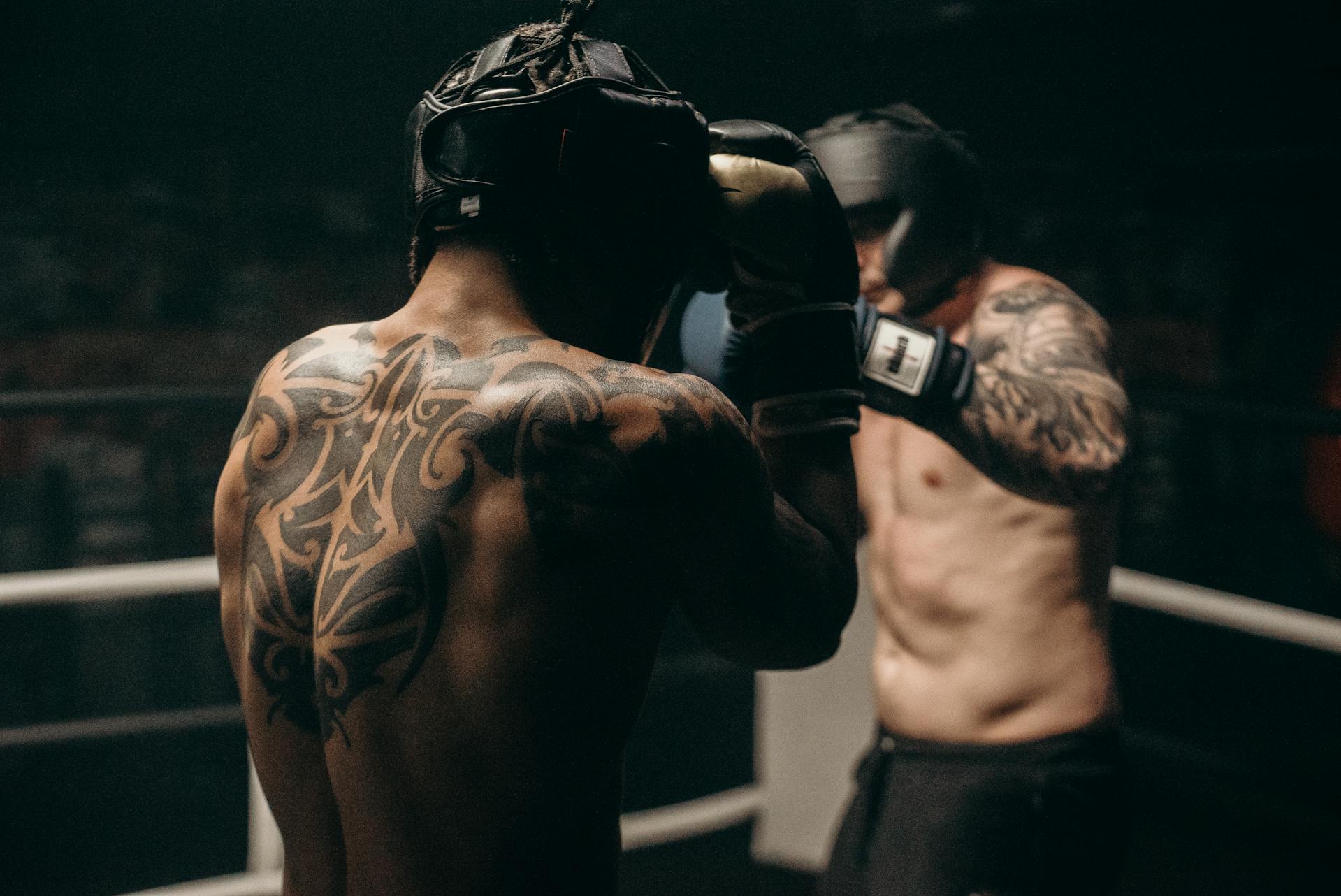What is a Flash Forward in Film?
Various techniques and principles are used in filmmaking to guide the narrative. And set the stage for the next scene. One rather common literary element that is frequently seen in filmmaking is the flashforward. Which may also be known as the prolepsis. But what is a flash forward in film? And how is the flash-forward used to drive the narrative forward in time?

What is a Flash-Forward in Film?
A flash-forward represents a short scene that takes the audience ahead of time within the narrative. Completely opposite of what would be expected from a flashback. In which the action dates back in time.
The flash-forward is one of many techniques that are used to guide the narrative and provide the audience with insight into the story. Flash-forward techniques in film are often used to reveal something important about a particular character, the setting, or the plot of the narrative.
It may be included in the story in order to show what is going to happen, before it actually happens, but why? Why would we want to tell the audience what’s going to happen before it does? Flash-forwards are used for many different purposes.
Most commonly, the flash-forward is used to create an anticipation among the audience. So that they are constantly wondering and waiting for a particular situation to occur.
How is Flash-Forward Used in Film?
You might be wondering how to utilize flash-forward in film without giving away the story? This is a common concern among new screenwriters that are still trying to wrap their minds around the many different literary concepts and techniques that can be used to guide the narrative.
You want to create that audience anticipation. But you definitely don’t want to give away the ending of your story, so what do you do?
Presenting your flash-forward in a particular way will help you to reveal something of importance related to your action. Without sending your audience packing because you gave away the ending.
Flash-forwards are most often used in the following ways:
- Including a character that has the ability to see into the future.
- Including a prophecy that comes to life.
- Showing a character that envisions the future with particular consequences.
- Providing a glimpse into the future that could be altered with character’s actions.
- Including a character that hallucinates or imagines a future event.
Breaking the Trend
While the average story aims at holding back any potential insight into the future. So that the audience will stick around until the very end to find out what’s happening.
The flash forward technique breaks this trend by revealing small bits of what will happen. To build anticipation around how an event is carried out.
Now that you know the answer to a common question, “What is a flash forward in film?” How will you integrate this literary technique into your own screenplays going forward?

